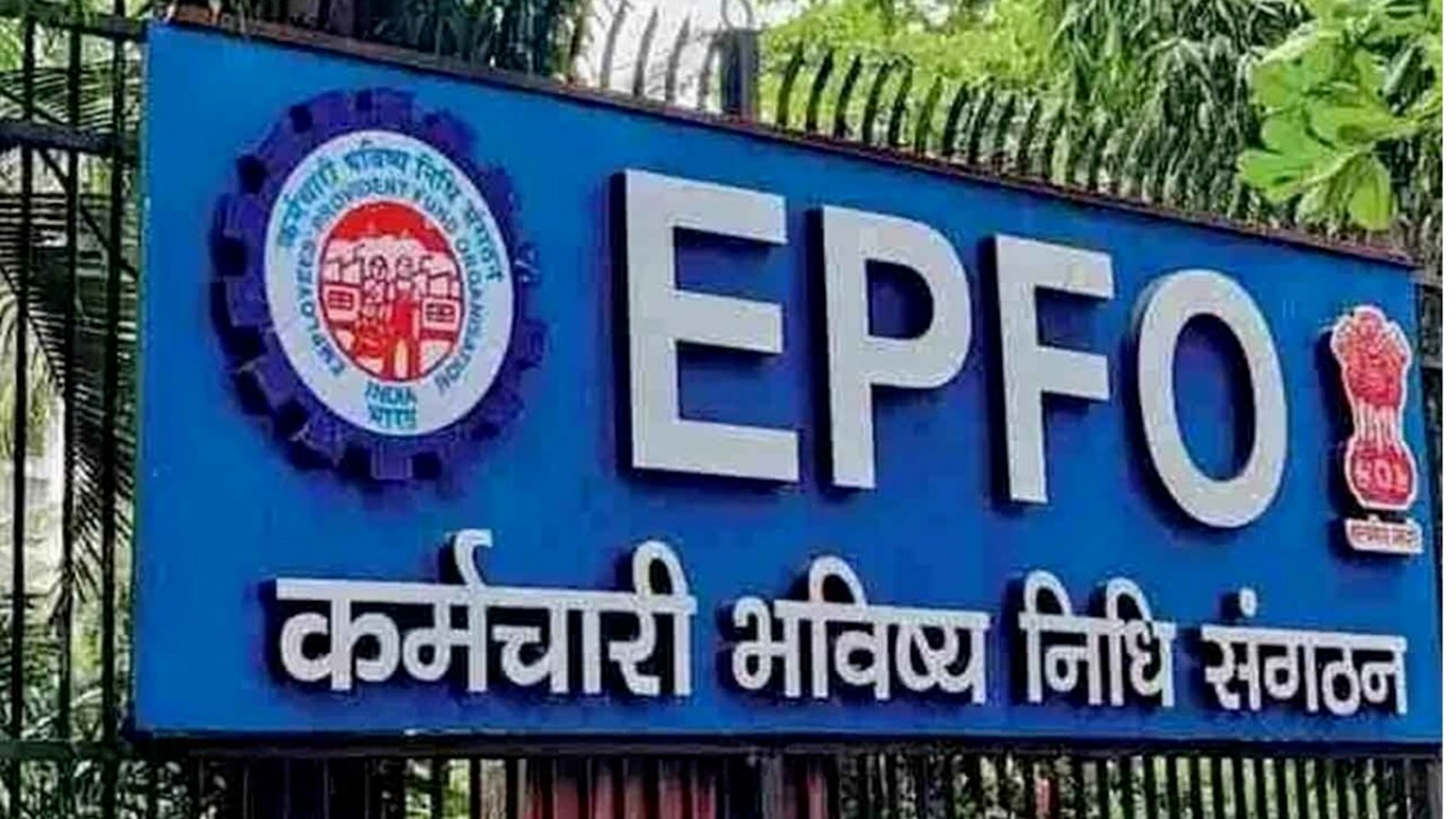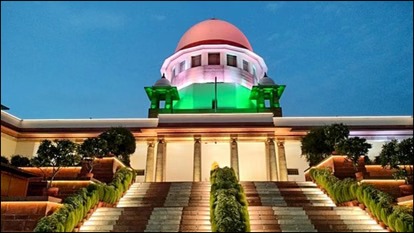Page, J.@mdashI have taken time to consider this case because it involves the construction of Order 18, Rule 5, 8 and 14, Civil P. C, and raises an issue of general interest. The suit was brought by the petitioners to recover Rs. 20, the value of a palm tree which the plaintiffs alleged that the opposite party defendant 1 had wrongfully cut down and sold. The suit was dismissed on the ground that the palm tree had been planted by defendant 1, and that he was entitled to sell it and retain the proceeds. The plaintiffs appealed. They contended that the decree of the trial Court could not stand because there was no legal evidence that the palm tree had been planted by defendant 1, as the evidence of the witnesses had not been recorded in the manner prescribed by Order 18.
2. The material rules are : (The judgment quoted Rule 5, 8 and 14 of Order 18, and proceeded). The learned, Subordinate Judge affirmed the decree of the trial Court, and dismissed the appeal. The plaintiffs thereupon obtained the present rule u/s 115, Civil P.C., for the purpose of setting aside the decrees passed by the lower Courts. The petitioners contend that, inasmuch as the evidence of the witnesses was not taken down in writing by the Judge himself (Rule 5), and the Judge did not make a memorandum (Rule 8), or cause a memorandum to be made (Rule 14), there was no legal evidence upon which the Court could have founded or passed a decree in favour of the defendants.
3. On the other hand the opposite parties urge that the evidence of a witness is "taken down in writting by the Judge," as well when it is dictated by him for a typist--which was the course followed in this case--as when he himself records it by means of a pen or a typewriter ; in each instance it is the Judge who determines the form, nay more, the very words of the narrative, and it makes no difference whether he uses a pen or a typewriter or a typist, for each is but the instrument that he employs to effect his purpose.
4. Now, in these days when the use of the stenograph and the typewriter is more popular and widespread than it was in the past, it may well be that the construction which the opposite parties urged the Court to put upon Order 18, is to be commended as being reasonable and in accordance with modern ideas. That however, is a matter for the legislature with which the Court has no concern, for, in my opinion, the provisions of Order 18, cannot bear such a construction, and it does not represent the true meaning and effect of the rules under discussion.
5. As I read Order 18 the intention of the legislature was to provide that the Judge should be made responsible for the taking and recording of evidence. Accordingly, it was enacted, as I construe Rule 5, 8 and 14, that in cases where an appeal is allowed there might be either one or two records of the evidence duly made according to law : that if there was only one record it should be made in writing by the Judge''s own hand ; while, if the evidence was taken down in writing by some person other than the Judge, though:
in the presence and under the personal direction and superintendence of the Judge,
that the Judge also should make or cause to be made a memorandum as provided by Rule 8 and 14.
6. The fallacy, I think, that underlies the construction which the opposite parties urge upon the Court; is that the shorthand writer or the typist who takes down the evidence at the dictation of the Judge is not a mere instrument like the pen or the typing machine, that needs must re-act to the touch of the Judge, but a human being with a will and intelligence of his own, and fallible as all men are.
7. The legislature by enacting Order 18 intended and provided that evidence should either be taken down in writing by the Judge''s own hand, or should be supported by the sanction of a memorandum under Rule 8 or 14.
8. In the present case the evidence of the witnesses was dictated to a typist by the Judge, and a copy of the typed record was revised and signed by the Judge, who added at the end of each deposition the words:
dictated by me to avoid eye strain.
Shashi Jiban Sen,
Munsif.
9. But there was only one record of the evidence, and that was not taken down in writing by the Judge himself, and no memorandum was made or caused to be made by the Judge. The provisions of Order 18, Rule 5, 8 and 14, therefore, were not complied with. In my opinion, however, the recording of the evidence in the manner followed in the present cxse was not an illegality that rendered the decree based upon it null and void, but amounted merely to an irregularity : Fort Gloster Jute Manufacturing Co. v. Chandra Kumar Das [1919] 46 Cal. 979 Queen Empress v. Gopal Goundan [1896] 19 Mad. 269.
10. Now, whether, the Court will exercise its powers of revision u/s 115, is a matter to be determined in its discretion according to the circumstances of the case under review. Rules and regulations are made to assist and not to hinder the administration of justice, and if the Court were to set aside the decrees under review, in my opinion, in so doing it would not be promoting the ends of justice, but would work hardship and injustice to the opposite parties. It is not preteaded that the evidence upon which the decrees in the present case were based was not accurately and fairly recorded, or that any objection was raised in the trial Court to the relevance or the admissibility of the evidence, or to the mode in which it was recorded. Further, it is to be observed that if the Court were to accept the eptitioner''s contention, and to hold that the evidence as recorded was not legal evidence and must be treated as though it never had been given, the plaintiff''s, so to say, would be " hoist with their own petard, " for the evidence of all the witnesses, whether called for the plaintiffs or for the defendants, was recorded in precisely the same manner, and if there was no legal evidence before the Court, the plaintiffs'' case ex necessitate rei must fail, for no evidence would be forthcoming to prove the plaintiffs'' claim. For these reasons I am not disposed to accede to the petition, and the Rule will be discharged with costs.

